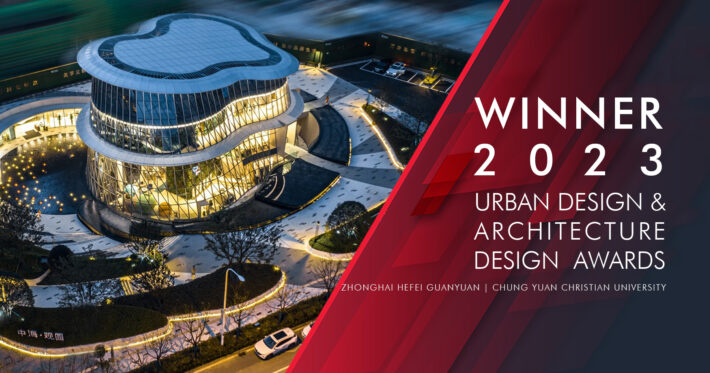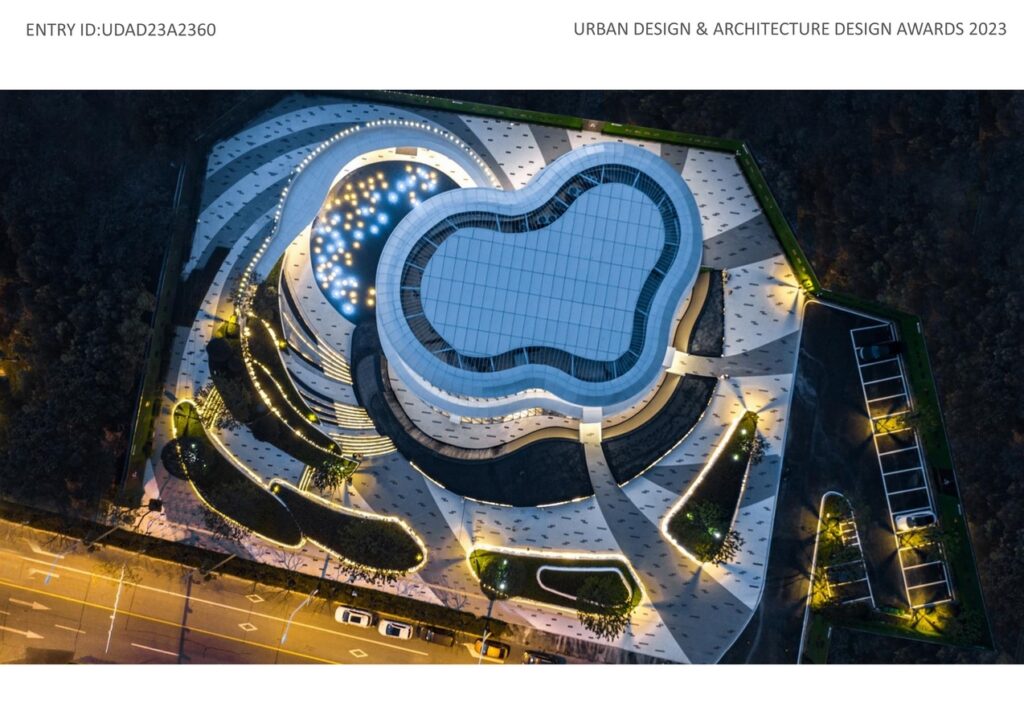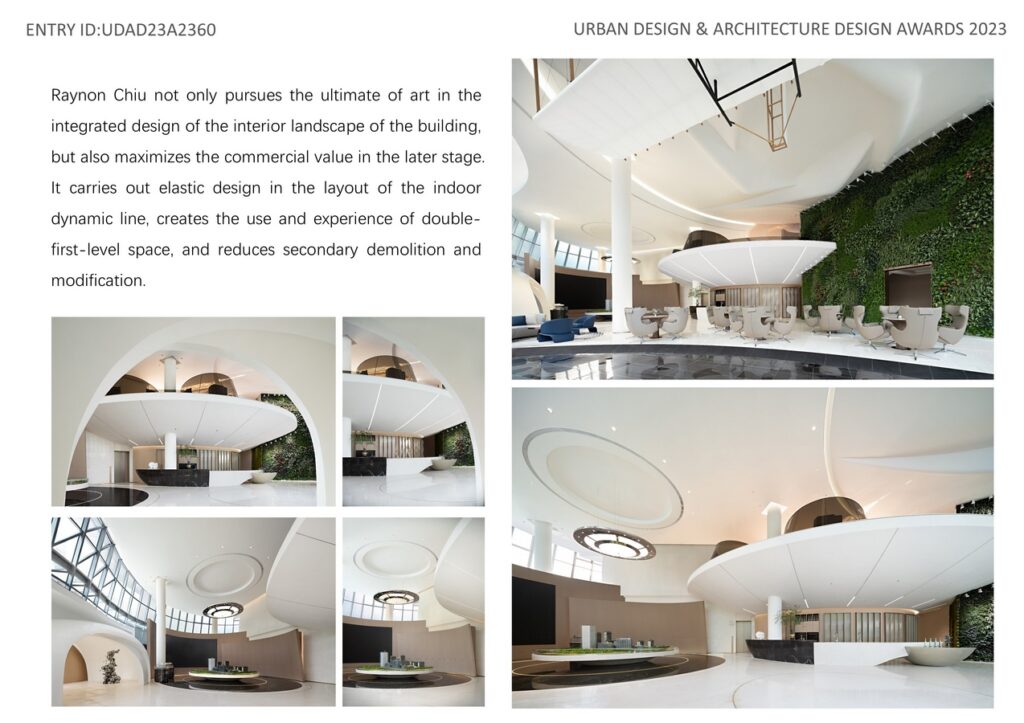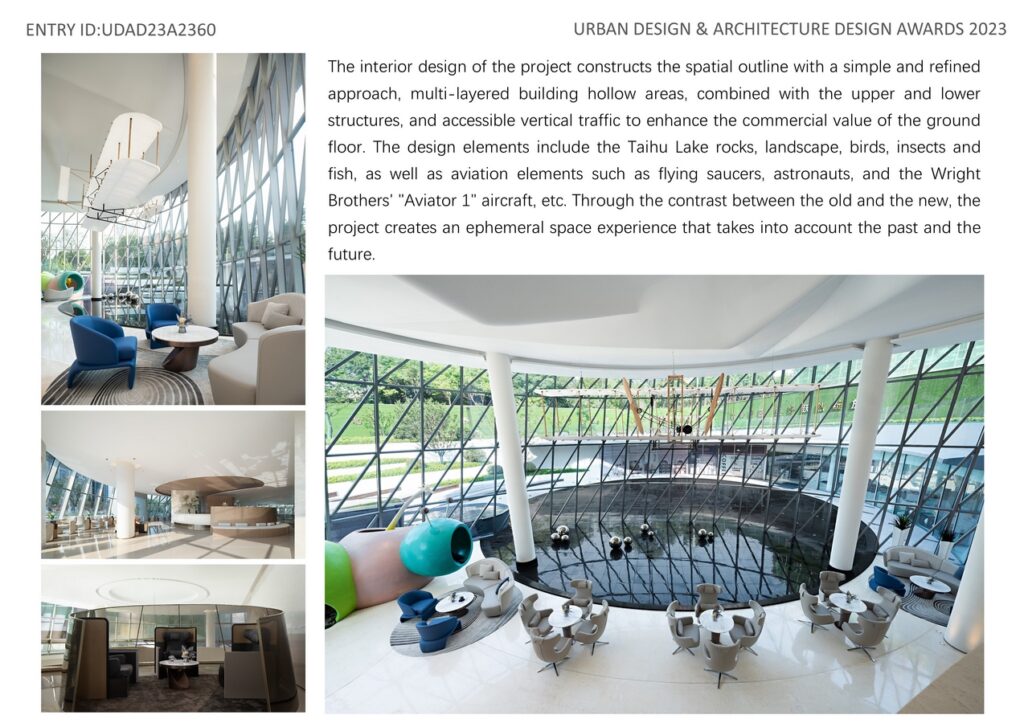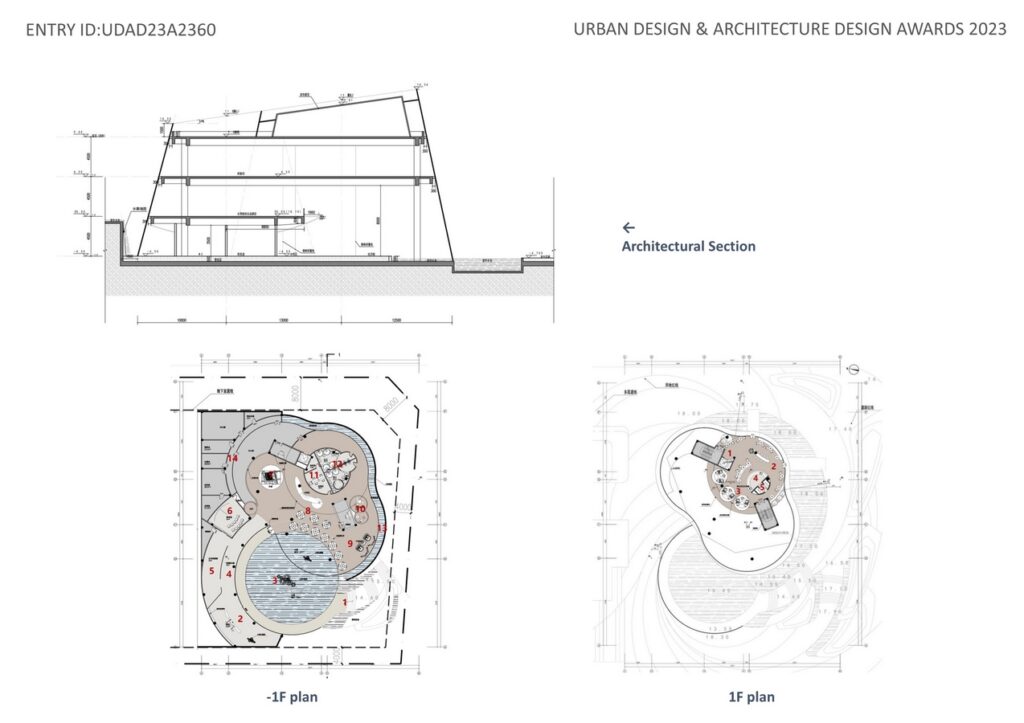Through the integrated and synchronous design of architectural interior landscape, Zhonghai Hefei Guanyuan integrates several elements such as “garden, universe, flying, science and technology, nature”, and removes the boundary to form a friendly open space, so that the context resonates and the value is sublimated, and creating a scientific and technological experience place where people empathize with nature. As a marketing space in the early stage, it will be changed to a commercial space in the later stage. DaE Design not only pursues the ultimate of art in the integrated design of the interior landscape of the building, but also maximizes the commercial value in the later stage. It carries out elastic design in the layout of the indoor dynamic line, creates the use and experience of double-first-level space, and reduces secondary demolition and modification.
Urban Design & Architecture Design Awards 2024: Entries Open!
Take your work to the next level. Register Now…
Gold 🏆 Winner
Urban Design & Architecture Design Awards 2023
Zhonghai Hefei Guanyuan
Mixed-Use Architecture (Built)
University
Chung Yuan Christian University
Architect/Designer
Raynon Chiu
Design Team
Raynon Chiu
Location
Hefei, Anhui, China
Country
China
Photographer/Copyright
©B-Mstudio
The project building adopts a unique and novel structural system, consisting of three floor-to-ceiling cores, curved trusses, roofs, and spiral ramps, to achieve a harmonious unity between architectural effect and structural system, and to integrate and entangle architectural space, natural space and human behavior. While satisfying the current marketing function, it can also enhance the value of the future transformation into commercial space and the artistic value of the urban landscape.
The interior design of the project constructs the spatial outline with a simple and refined approach, multi-layered building hollow areas, combined with the upper and lower structures, and accessible vertical traffic to enhance the commercial value of the ground floor. The design elements include the Taihu Lake rocks, landscape, birds, insects and fish, as well as aviation elements such as flying saucers, astronauts, and the Wright Brothers’ “Aviator 1” aircraft, etc. Through the contrast between the old and the new, the project creates an ephemeral space experience that takes into account the past and the future.


